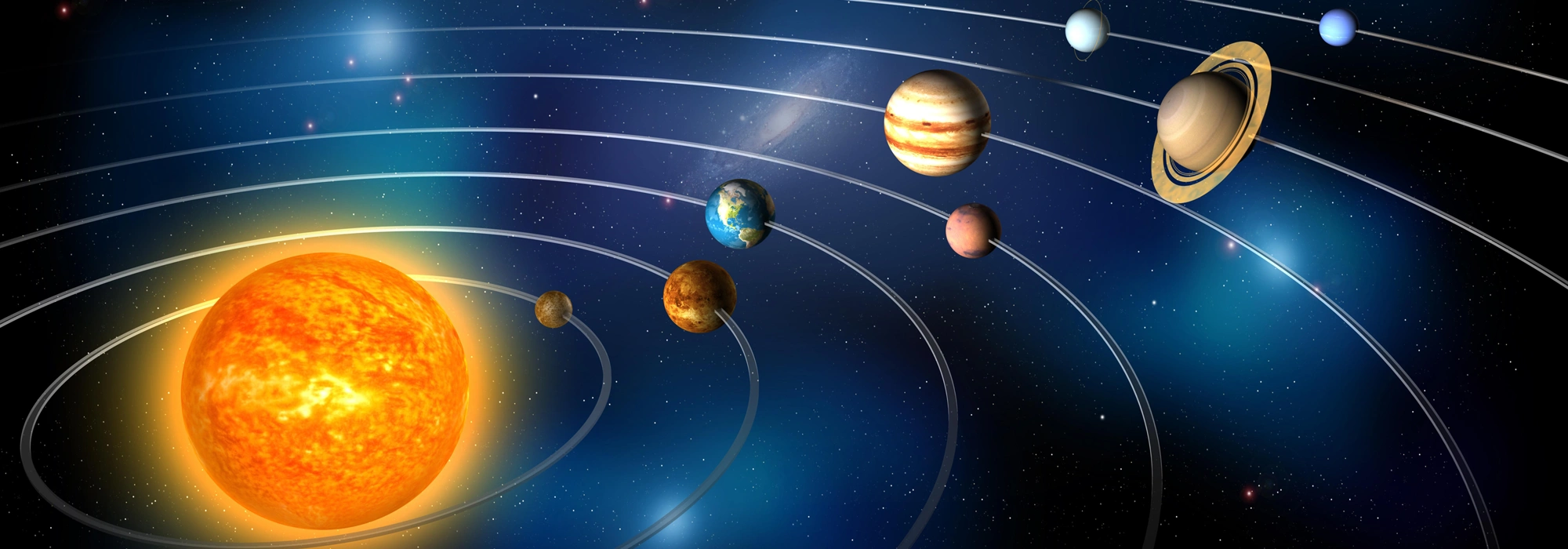Understanding the order of the planets in our solar system is a fundamental aspect of astronomy education. Whether you’re a high school student preparing for a science exam or simply curious about the wonders of the universe, this guide will provide you with a basic understanding of the planets’ order, sizes, distances from the Sun, and their unique features.
Planet Size Comparison
To comprehend the vastness of our solar system, let’s begin by comparing the sizes of the planets. Starting from the smallest to the largest, the order is as follows:
- Mercury – Smallest planet
- Mars
- Venus
- Earth
- Uranus
- Neptune
- Saturn
- Jupiter – Largest planet
Distance from the Sun
The planets’ distances from the Sun play a crucial role in shaping their characteristics and environments. Listed below is the order of the planets based on their distance from the Sun:
- Mercury – Closest to the Sun
- Venus
- Earth
- Mars
- Jupiter
- Saturn
- Uranus
- Neptune – Farthest from the Sun
Unique Features of Each Planet
Each planet in our solar system possesses distinctive qualities that make it fascinating and worthy of exploration. Here are some notable features of each planet:
- Mercury: Known for extreme temperature variations and a barren, cratered surface.
- Venus: A thick atmosphere, with a greenhouse effect making it the hottest planet.
- Earth: Our home, with a diverse range of ecosystems and the only known planet supporting life.
- Mars: Often referred to as the “Red Planet,” known for its dusty surface and potential for past or present life.
- Jupiter: The largest planet, characterized by its prominent bands, the Great Red Spot, and numerous moons.
- Saturn: Recognizable by its iconic ring system, consisting of ice and debris.
- Uranus: A gas giant with a unique feature—its axis of rotation is tilted on its side.
- Neptune: The farthest planet from the Sun, with a vibrant blue color and strong winds.
Brief History of Discovery
Throughout history, astronomers and scientists have played a crucial role in uncovering the mysteries of our solar system. Notable discoveries include:
- Galileo Galilei: In the 17th century, Galileo used a telescope to observe the moons of Jupiter and the phases of Venus, providing evidence for heliocentrism.
- Isaac Newton: Newton’s laws of motion and universal gravitation explained the mechanics behind planetary motion.
- Voyager Missions: NASA’s Voyager 1 and Voyager 2 spacecraft provided detailed insights and stunning images of the outer planets.
Conclusion
Understanding the order of the planets from the Sun is a key building block in learning about our solar system. By grasping their sizes, distances, and unique features, you’ll gain a deeper appreciation for the wonders of space. So, whether you’re studying for an exam or simply exploring the mysteries of the cosmos, remember this guide as your basic reference. Happy exploring!






